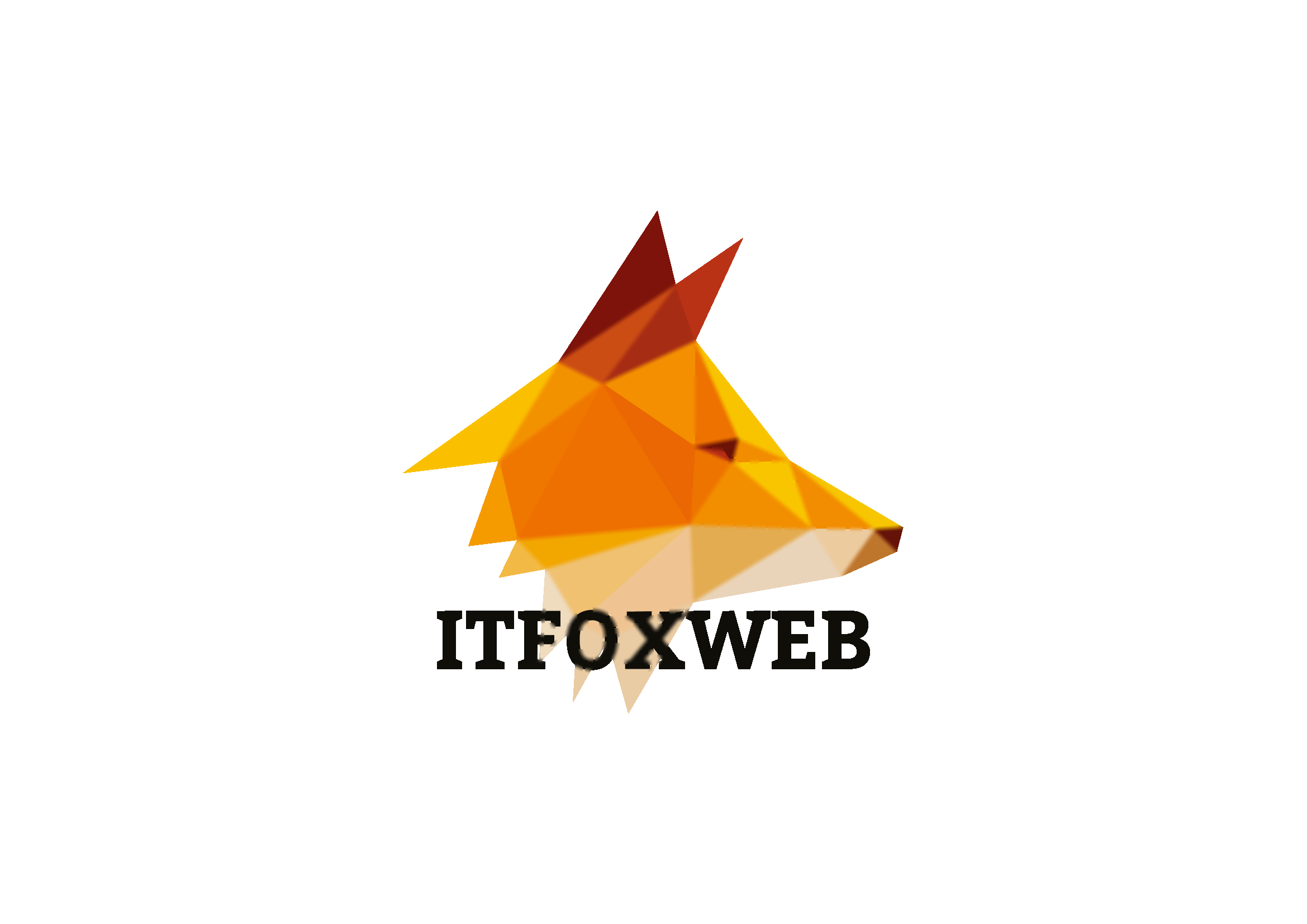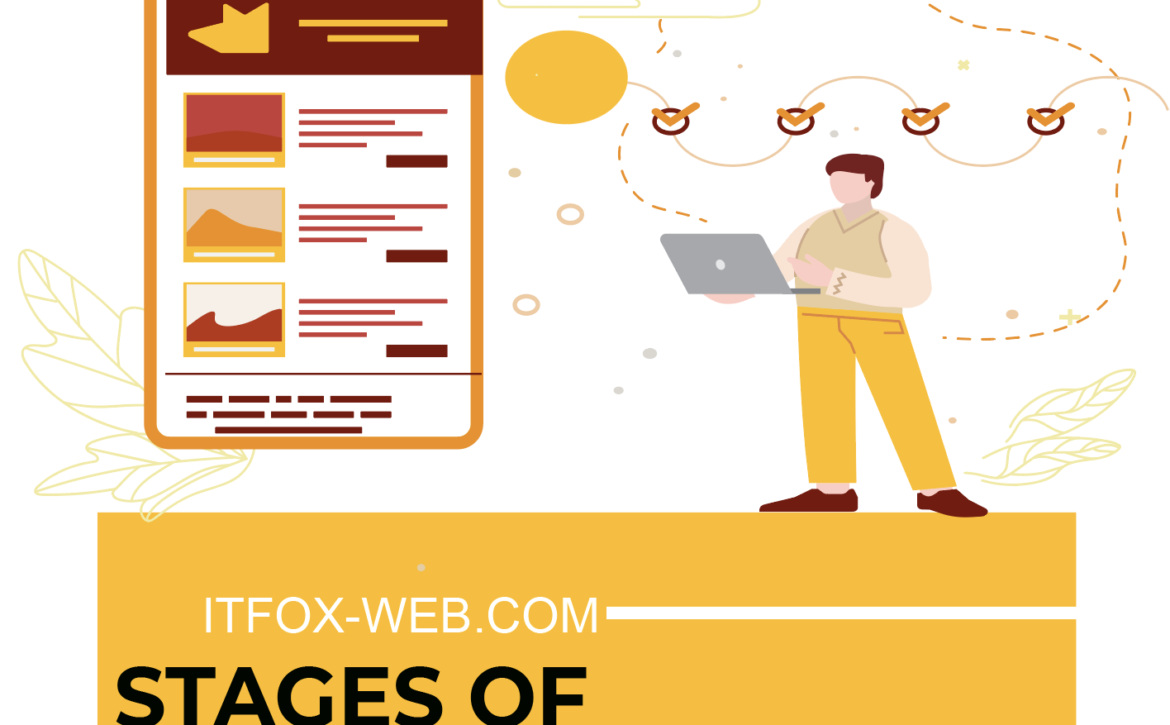Stages of mobile app development | ItFox-web.com
Before we talk about all the intricacies of mobile app development, here are some interesting facts that speak to their growing popularity:
- In a report by analytics platform App Annie State of Mobile 2022: The “big screen” is becoming obsolete, and mobile devices are breaking records for usage time, downloads and revenue.
- In 2021, users spent 3.8 trillion hours in apps – 4.8 hours per day.
- App spending globally was $170 billion – up 19% from 2020.
- Download volume is up 5% year over year to $230 billion.
The world does not stand still and every day about 5 thousand new applications appear in the App Store and Google Play. The possibilities of mobile applications are very high, with their help it is possible to improve any processes and provide a passive income.
Despite the diversity, the process of their development has the same algorithm:
- planning and evaluation
- analytics
- prototyping
- design development
- development
- testing and bug fixing
- release
- technical support and development
Stages of mobile application development
As you know, all the most interesting things start with an idea.
But even better, if everything starts with a problem, or rather, with the desire to solve it. The main thing is to check the relevance of the idea. Ask the opinion of friends. Look for analogues on the Internet, visit startup sites or crowdfunding sites, which we discussed in the previous article. You can use them to find out if there is something similar on the market.
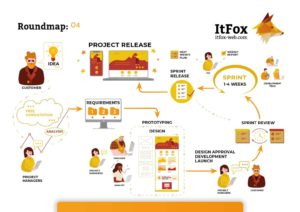
 Stages of mobile application development
Stages of mobile application development
Analytics
Analytics and planning are the foundation of all future work. They are the basis for all subsequent actions, as well as design, functionality, and the general idea.
Analytics includes data collection and processing. Here they often conduct various studies and gather focus groups, so that any decision can be justified.
The data obtained during analysis is converted into understandable visual forms: business process diagrams, mind-maps, customer journey.
The analytics process takes on average a week, but it all depends on the complexity of the project.
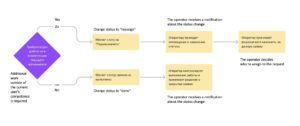
A part of the mind map
Planning and evaluation
This is where the detailed functional and design specifications of the mobile app are prescribed, and a plan for its implementation is approved.
The purpose of this procedure is to ensure that all team members have a clear understanding of what is going to be done.
This process takes up to 1 week on average.
Prototyping
Work begins with the visual part. At first, we create Wireframes – a draft of the product structure. After they are tested and approved, a prototype is built.
A prototype is a visual representation of the pages, which fully conveys the idea and shows the arrangement of elements on the screen. We use the prototype to show the customer the user’s path.
After approval of the prototype, we get the final structure. Now you can objectively assess how much time it will take to develop, and what other resources we need.
The prototyping process takes an average of 2 weeks when actively cooperating with the customer.
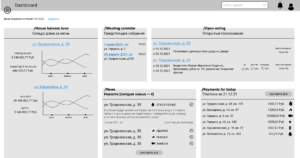 The prototype
The prototype
Application design
This is where the graphics are designed: color combinations, types of screens, backgrounds, buttons, font compositions. At the same time, we check the ergonomics and usability in interaction with all elements.
Work on the design includes the following phases:
- Formation of a design concept and unique art style.
- Creation of UI – a set of ready-made elements and templates of user interface.
- Creation of a design layout – a visual image that shows the appearance of the pages after layout.
- Creation of a dynamic prototype – an interactive animated version to evaluate the quality of the interface.
Works on the visual part of the software take from 2 weeks to a month.
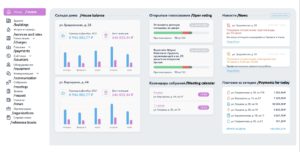
The design
App development for Android and iOS
This is the most important stage. The quality of development determines whether the application will turn out the way it was conceived. It also determines how easy it will be to maintain, update and scale. If you choose incorrectly the tools for development, you might have to rewrite the whole code.
Therefore, at the very beginning it is important to pay attention to the choice of one of two development approaches:
- native – where development is done separately for each platform.
- cross-platform its where universal code is used, which is suitable for all platforms.
In terms of adaptation to the platform, flexibility of settings and quality of interface, the first option clearly wins, but it will have to pay a higher cost. Cross-platform development is a faster and more economical option.
At this stage we write code, build architecture, Back-end and Front-end development and realize MVP (Minimal Viable Product).
Let’s explain in simple words what the frontend is.
This is what the browser can read, display or run. In other words, the frontend – the buttons, tables, blocks, details and other elements available to the user. That is, it’s HTML, CSS, and JavaScript.
The backend is everything that runs on the server, that is, “not in a browser” or “on a computer connected to the Internet.” This is the server part of the service which is responsible for transferring information. The server stores data on customers, goods and the amount of stock.
Programming languages: Ruby, PHP, Python, Java, JavaScript / Node, bash and database management systems such as MySQL, PostgreSQL, MongoDB, Cassandra, Redis, Memcached.
Programming takes from 1 month. On average 3-4 months.
At the end of this stage we get a mobile application in the first version, ready for testing. Files for downloading the application in the App Store and Google Play.
App development process
Testing and bug fixing
Users can have completely different devices – pads and phones from different vendors with different Android versions, screen resolutions, diagonal size, software and other characteristics.
To ensure that everything is displayed correctly and works on any device, and there is testing. Then we choose the most popular devices, with the oldest and the newest supported operating systems. It is also important to test the application on devices with customized firmware. For example, xiaomi, huawei, samsung.
There is a high-quality and meticulous checking of all the functions and code, searching for controversial points in the implementation and processes that can potentially cause problems for users.
Then we write UI-tests and prepare test documentation – checklists and test-cases.
All bugs are entered into the system, and after fixing the process is checked again.
Before release, acceptance testing is done to make sure everything meets documentation and client requirements.
What the customer gets: A ready-to-use application on different devices. Checklists and test cases for testing
Implementation time: The testing department gets involved at the beginning of the project to study the requirements to avoid contradictions later on in the project. Depending on the project, a tester can write test scripts, test cases, and checklists right away. Sometimes testing is done in parallel with code writing. That way, the tester takes part in all the stages of development.
Testing process
Mobile app release
When the series of tests are completed and the developers, analysts, testers and designers have handed in their work, the time comes to add the application to the App Store, Google Play, or another service the client desires.
It takes a couple of days to release and prepare for it.
What the client gets: the application is posted to the store and can be downloaded.
Technical support and development
After publication, the client and team move on to the next stage of collaboration – technical support.
This is where bugs that may appear in the course of use are finalized. And when all the bugs are fixed, a support contract is signed. Very often, at this stage, the client understands all the options for further development of their product and launches a new development phase.
Conclusion
Development of a mobile app requires coordinated work, and the level of expertise of each specialist is crucial for quality results.
The ITFox team employs 20 Middle and Senior developers.
It means that our experience will save your time and money.
Moreover, we provide the complete development cycle from analytics to release and timely technical support.
Plus, every client at ITFox has a personal manager who walks through all the stages of application implementation from start to finish. Another important advantage is that you pay only for completed and accepted work at any stage.
Would you like to develop a mobile or web application?
We invite you to discuss the details at a free consultation.
